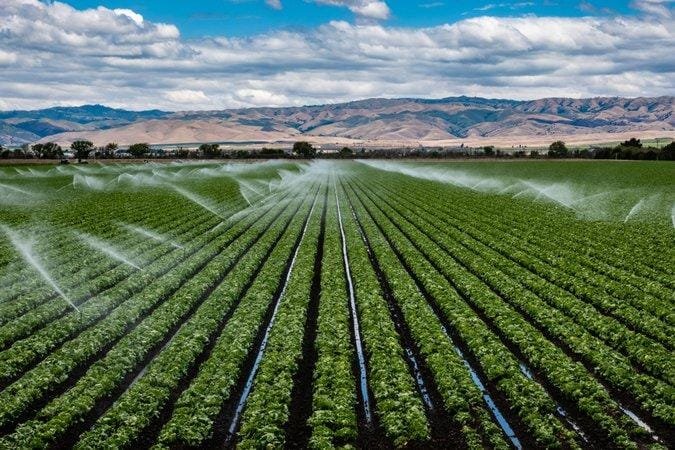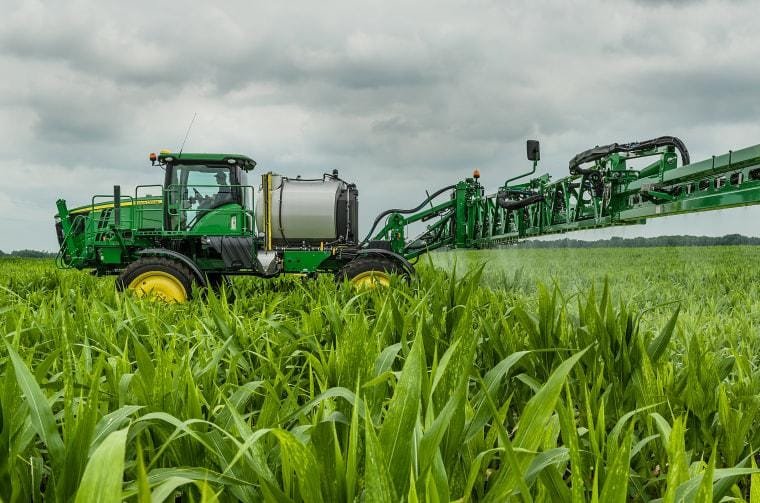Recent market analysis reveals a significant decline in global agricultural equipment sales, marking a departure from the sector’s previously steady growth pattern. Industry data indicates that both new and used farming machinery purchases have experienced a downturn across major agricultural regions, influenced by various economic factors and changing farming practices. This shift affects manufacturers, dealers, and farming operations of all sizes, highlighting a broader conversion in the agricultural sector’s equipment investment strategies. Recent market analysis reveals a significant decline in agricultural equipment sales, with manufacturers experiencing reduced demand across multiple product categories. Industry experts attribute this downturn to several interconnected factors affecting both farmers and equipment producers.
Economic pressures have forced many farming operations to delay equipment upgrades and replacements. Rising interest rates have made financing new machinery purchases more expensive, leading farmers to extend the service life of existing equipment through repairs and maintenance rather than investing in new units.
Supply chain disruptions continue to impact production schedules, causing extended delivery times and increased costs for essential components. Manufacturers report difficulties securing semiconductors, steel, and other crucial materials, resulting in production bottlenecks and higher retail prices for finished equipment.
Weather patterns and crop yield uncertainties have contributed to cautious spending among agricultural businesses. Drought conditions in key farming regions have led to reduced income projections, prompting many operators to postpone capital investments until market conditions improve.
The used equipment market has seen increased activity as farmers seek more affordable alternatives. This shift has created additional pressure on new equipment sales, with some dealers reporting a 30% increase in used machinery transactions compared to the previous year.
Major equipment manufacturers have adjusted their production forecasts and implemented strategic measures to address market challenges. These include temporary plant closures, workforce reductions, and increased focus on parts and service revenue streams to offset declining new equipment sales.
International trade tensions and changing agricultural policies have also influenced market dynamics. Export restrictions and tariffs have affected cross-border equipment sales, while evolving environmental regulations have created uncertainty regarding future equipment specifications and compliance requirements.
Small and medium-sized farms have been particularly affected by these market conditions, with many unable to justify large equipment investments amid economic uncertainty. This has led to increased interest in equipment sharing programs and custom farming services as alternatives to ownership.
Technology adoption patterns have shifted, with farmers prioritizing essential upgrades over complete equipment replacement. This trend has benefited aftermarket technology providers offering retrofit solutions for existing machinery at lower cost points.
Industry analysts project this downward trend may continue through the next several quarters, citing persistent economic headwinds and ongoing global market uncertainties. However, they note that fundamental long-term demand for agricultural equipment remains strong, driven by global food security needs and agricultural modernization initiatives.
Equipment manufacturers are responding by developing more flexible financing options, enhancing their certified pre-owned programs, and introducing new service-based business models to maintain market presence during this challenging period. These adaptations suggest the industry is actively evolving to address changing market conditions while preparing for eventual recovery.


